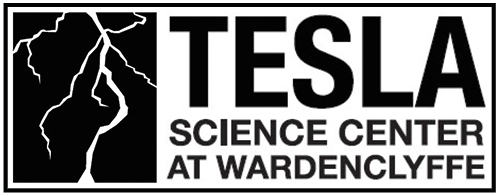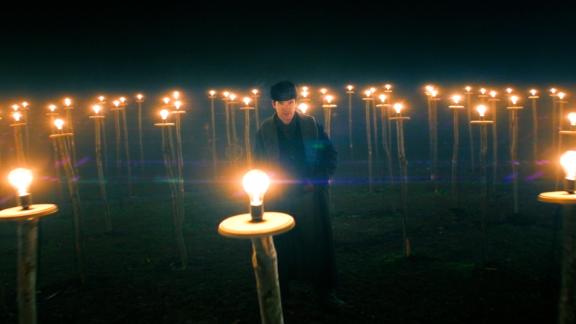Announcements
CNN Article – He’s probably the most famous inventor you’ve never heard of.
You might recognize his name because of the car brand named after him or because he’s one of the main characters in the new film “The Current War: Director’s Cut,” starring Benedict Cumberbatch as Thomas Edison. But it’s the inventor Nikola Tesla who should have been more famous for his inventions than history has awarded.
Tesla was a scientist and visionary who developed the basis for AC electric power that most of the planet uses today and pioneered numerous technologies that improve our everyday lives. A Serbian-American who emigrated to New York City in 1884, Tesla held approximately 300 patents.
“There’s not a lot of modern conveniences that we currently enjoy that weren’t touched by Nikola Tesla in some way,” said Marc Alessi, executive director of the Tesla Science Center at Wardenclyffe in New York, where teams are refurbishing Tesla’s lab into a museum and innovation hub.
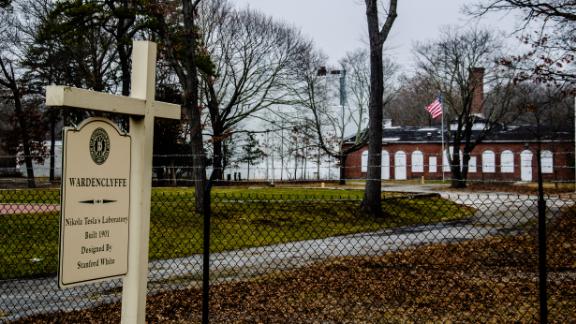
“If Tesla didn’t accelerate the AC current system, we would be 50 years behind technologically than where we are today.”
But it’s not just AC power that Tesla worked on. Motors, radios, X-rays, neon signs and other technology was advanced by his extraordinary mind. We take a look at the most famous and important inventions that Nikola Tesla contributed to.
Alternating current
This is the Tesla technology that sparked a war with Edison, the developer of direct current, and it’s the subject of the new film.
Back in 1884, Tesla left Europe to work for Edison, who supposedly promised him $50,000 to fix the problems with DC power. Meanwhile, Tesla’s alternating current had fewer issues. With AC power, the current is reversed numerous times per second, making it easy to convert to higher and lower voltages.
“He was working 20 hour days, and the whole time he was saying ‘let’s switch to AC current, it will work better,’ ” Alessi told CNN. But Edison never paid him the money, and claimed the promise was a joke. “Tesla quit and he ended up in a battle with Edison,” Alessi said.
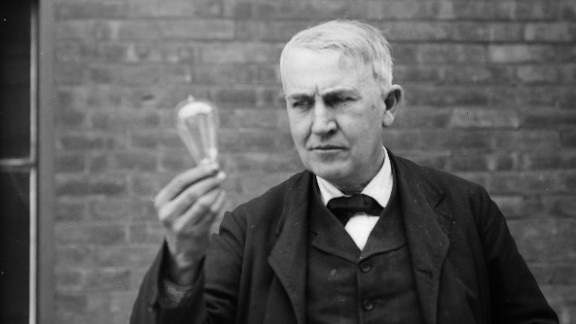
According to the US Department of Energy, Edison did not want to lose royalties he was earning from his DC patents, so he attempted to discredit Tesla’s AC power through a misinformation campaign that touted alternating current as dangerous. Edison even publicly electrocuted stray animals using AC power as a scare tactic. Tesla countered by publicly shocking himself with 250,000 volts using alternating current to showcase its safety.
But Tesla had the last laugh, because today, alternating current is predominantly used to power most of the world’s electricity.
AC motors are also used in refrigerators, power tools and fans. Meanwhile, DC motors are still used for some industrial machines and conveyors, but often require more maintenance.
Radio
History often touts Italian entrepreneur Guglielmo Marconi as the inventor of radio. But sometimes history is wrong.
Marconi is credited with sending the first transatlantic radio transmission, using technology from 17 of Tesla’s patents.
The two inventors became embroiled in a patent war. In fact, the United States Supreme Court revoked Marconi’s radio patents in 1943 in favor of Tesla and two other scientists, Oliver Lodge and John Stone. Unfortunately, Tesla and Marconi had already passed away by the time the court handed down their decision.
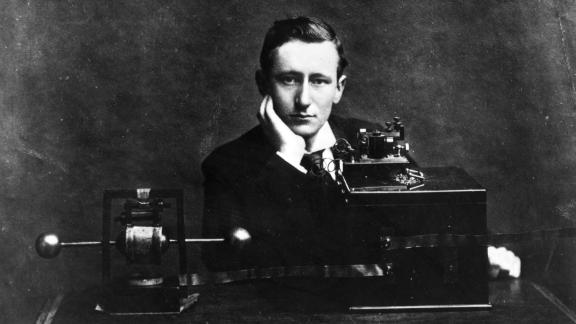
“His patents and innovative ideas were milestones of wireless technologies,” said Ivana Zoric, curator at Serbia’s Nikola Tesla Museum in Belgrade.
For this and his other work, Zoric said, “Tesla is often referred as ‘The man who invented 20th century.”
Remote control
You can also thank Tesla for the ability to change the channel without having to get off the couch.
Tesla invented one of the world’s earliest remote controls, which he called a “teleautomaton.” He patented his device in 1898 as a “Method of and Apparatus for Controlling the Mechanism of Moving Vessels or Vehicles,” which he used it to control a miniature boat from afar during a demonstration at Madison Square Garden.
According to the Tesla Museum in Belgrade, Tesla knew how important the invention could be, so he patented it in 11 countries as well.
X-ray technology
Tesla was also a pioneer of X-ray technology. He experimented with radiation and managed to take some of the first X-ray images of the human body, which he called “shadowgraphs.” Tesla was also one of the first scientists to hypothesize that X-rays could be harmful.
But this is another area of research where he rarely gets credit.
According to one 2008 academic article published in RadioGraphics, “Every radiologist is aware of Nikola Tesla’s research in the field of electromagnetism … but if the discovery of X-rays is mentioned, only a few radiologists associate it with Tesla’s name.”
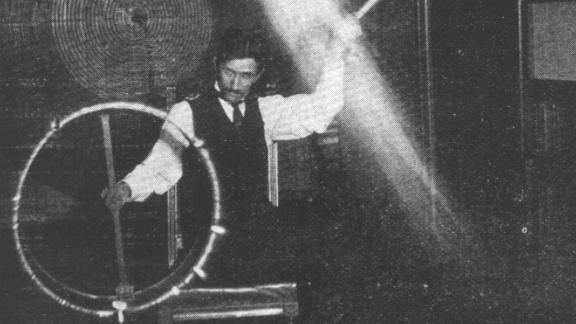
Tesla contributed to medicine in other ways as well. The unit of energy named after Tesla is used to measure the strength of the magnets in MRI systems.
Hydroelectric power
Tesla was also a pioneer of renewable energy. Nine out of the 12 patents used to build one of the world’s first hydroelectric stations, erected at Niagara Falls, New York belonged to Tesla.
“As a child, when his uncle read him a book about Niagara Falls, the first thing he thought was about energy. “That water falling is energy,” explained Alessi. “At the dawn of our using fossil fuels for the industrial revolution, Tesla was already saying ‘That’s not the way we should go. That’s dirty and finite.’ “

According to the Tesla Science Center, Tesla helped pave the way toward clean energy because he understood the physics behind energy and what might be possible in the future.
Zoric added, “Even back then, he proposed the use of renewable energy sources: water, wind and sun.”
Tesla’s legacy
Tesla was involved in many more discoveries and creations, including the rotating magnetic field, the speedometer, and the Tesla Coil, which is a transformer that produces sparks by creating high voltage at a low current.
“His work on Tesla coils, which use inductance to generate large voltages (e.g. lightning in the air) are the basis of the circuits used for the first radios … cathode ray tubes, and more,” explained Larry Pileggi, department head of electrical and computer engineering and professor at Carnegie Mellon University. “But the transmission of those large voltages over long distances that could be captured to provide power remotely was never successful.”
Tesla even reportedly invented a “death ray” that could be used as a weapon of war.
When he died in 1943, there was so much interest in what he was working on that the FBI raided his hotel room within hours of his death, Alessi said.
Mostly, Tesla envisioned his inventions, especially AC power, improving people’s lives. Experts say he wanted to bring safe electric power to the masses – to make factory worker’s lives easier at work, and light up worker’s homes so they study in the evenings to improve themselves.
“He loved the technology and what it could do,” said Alessi. “Tesla would be willing to lose money if it would help people.”

